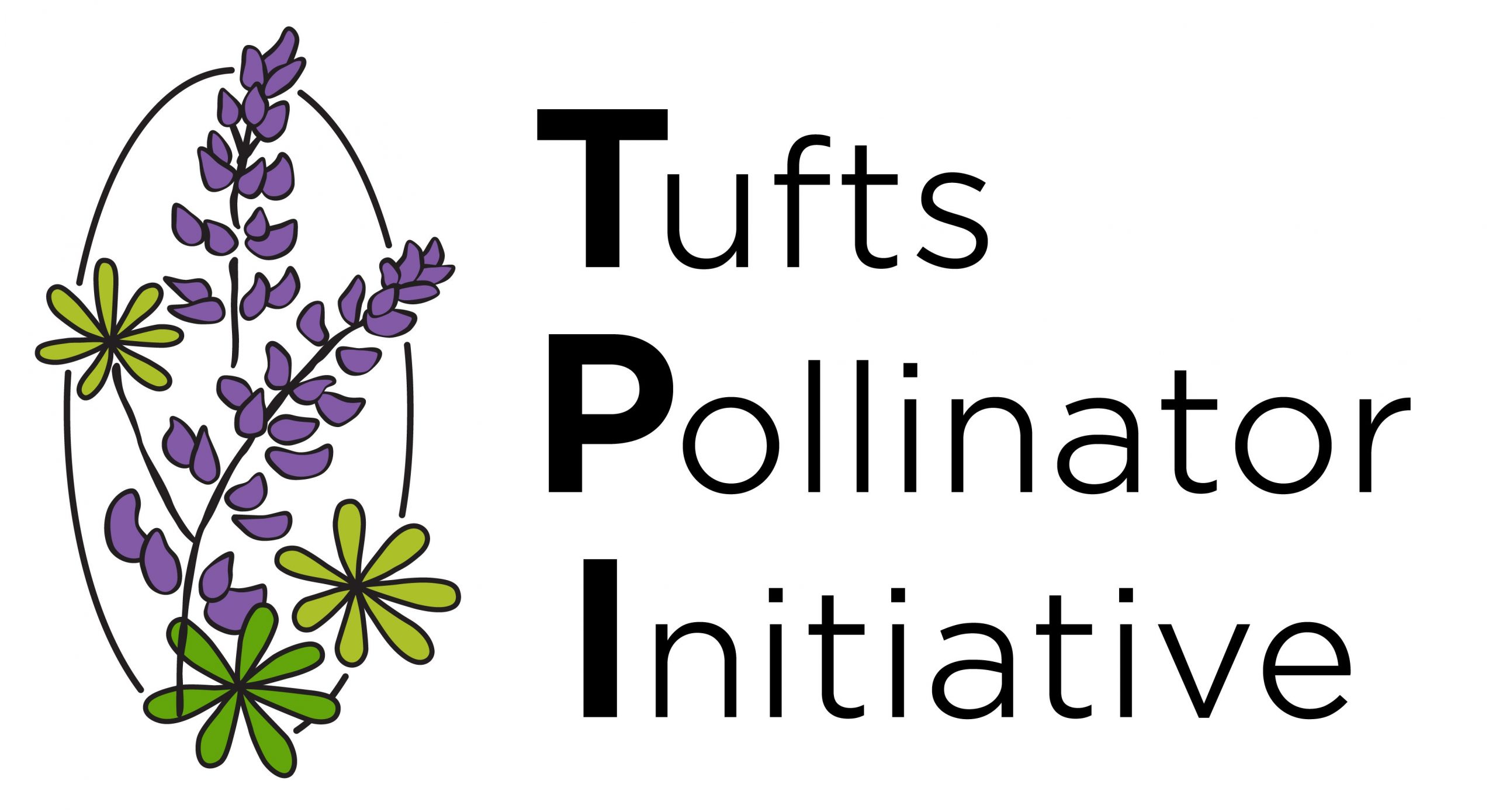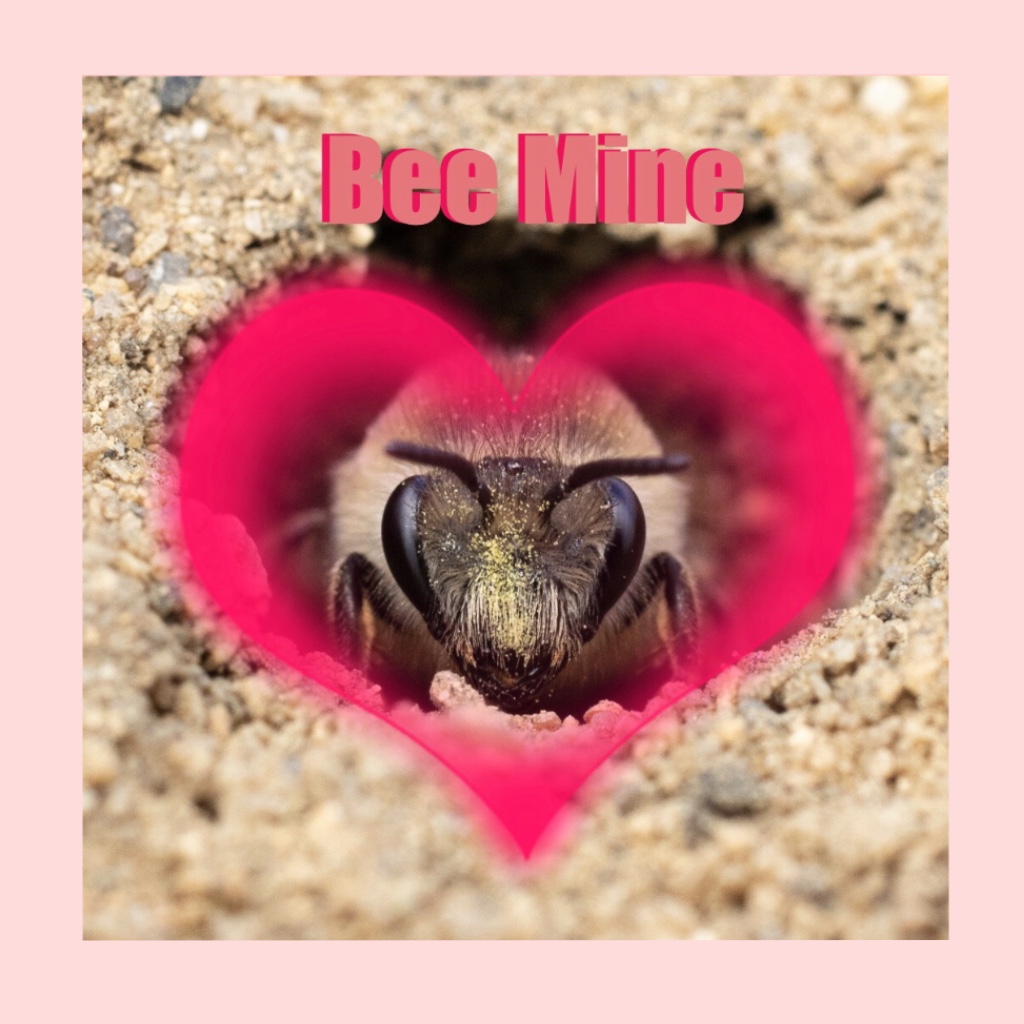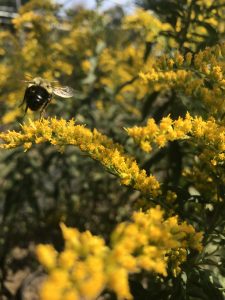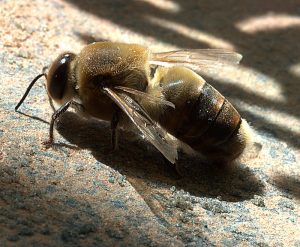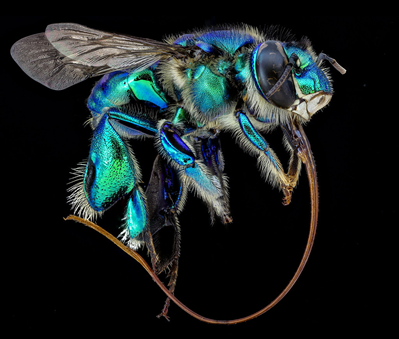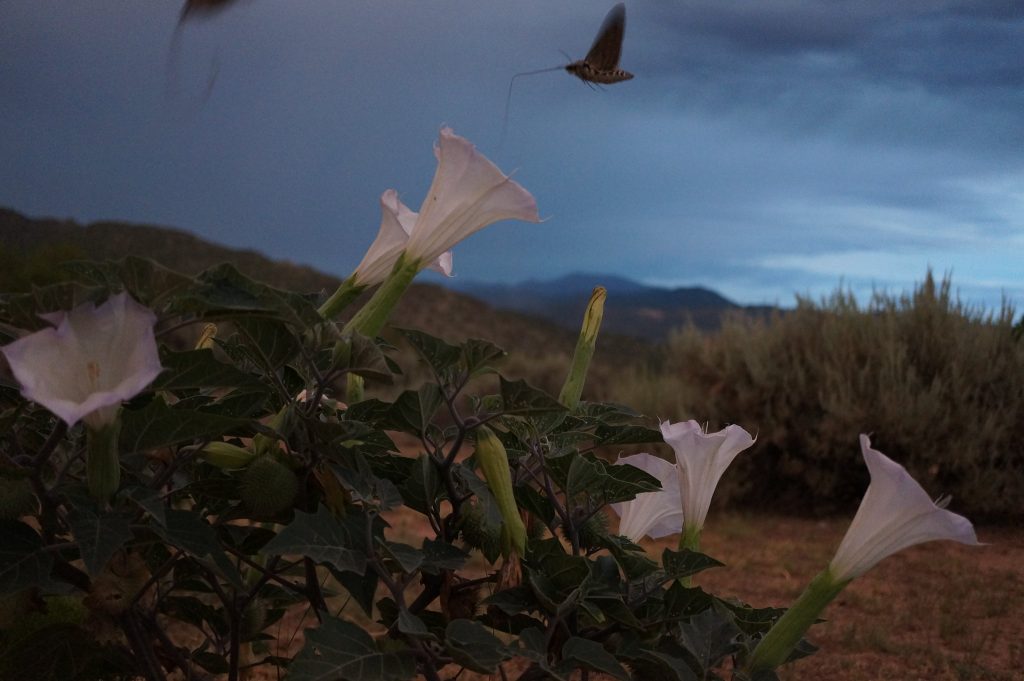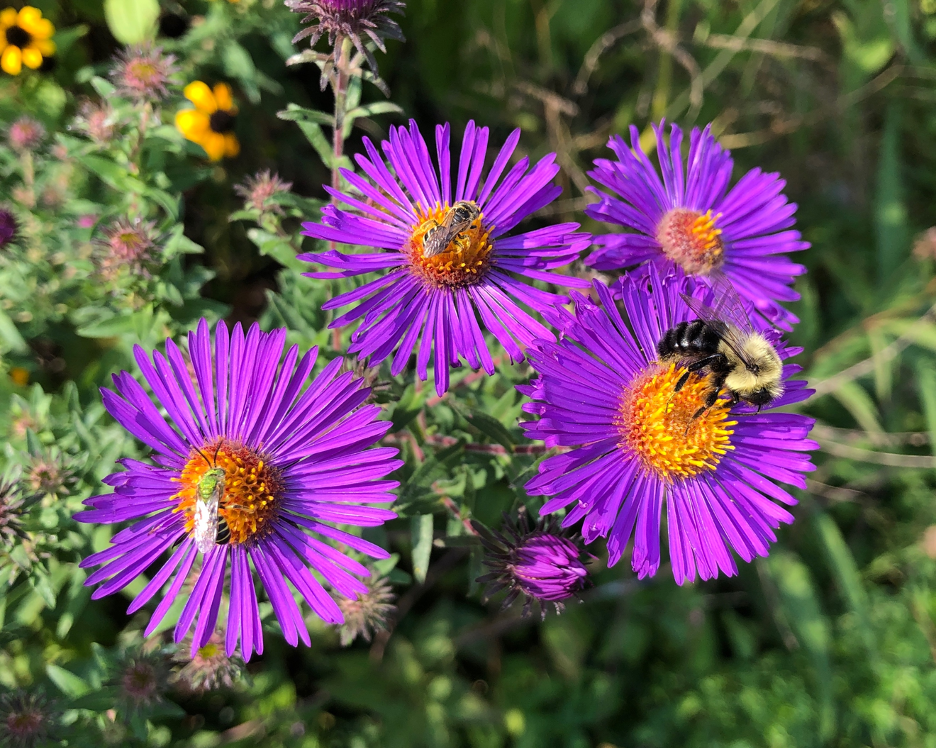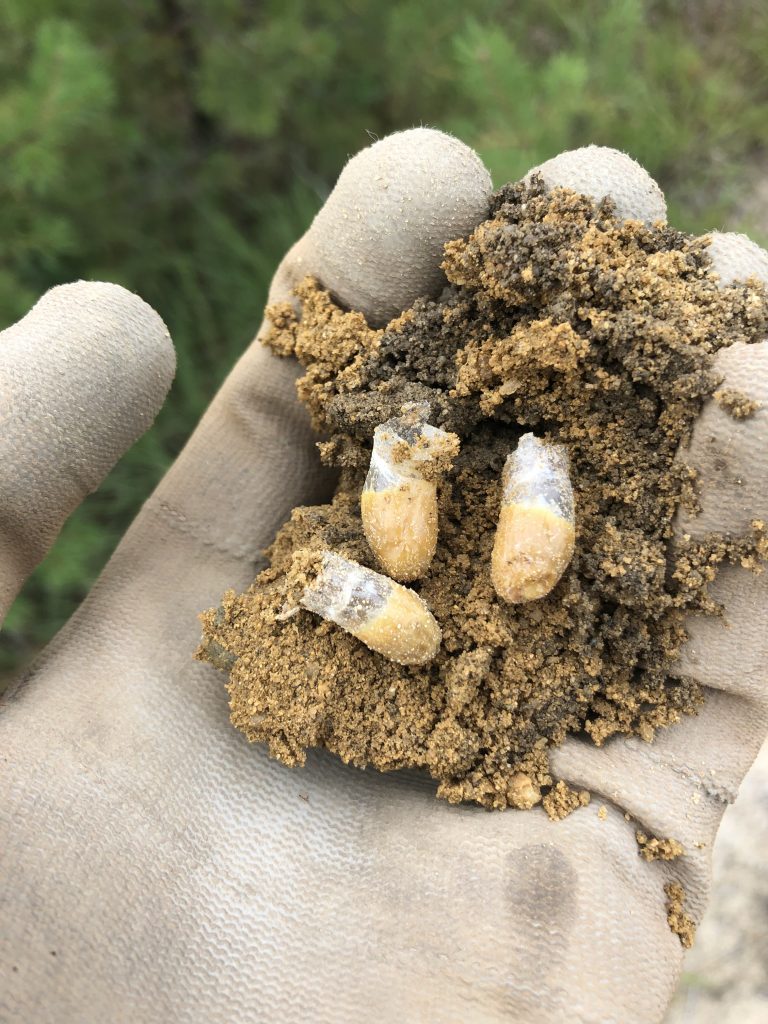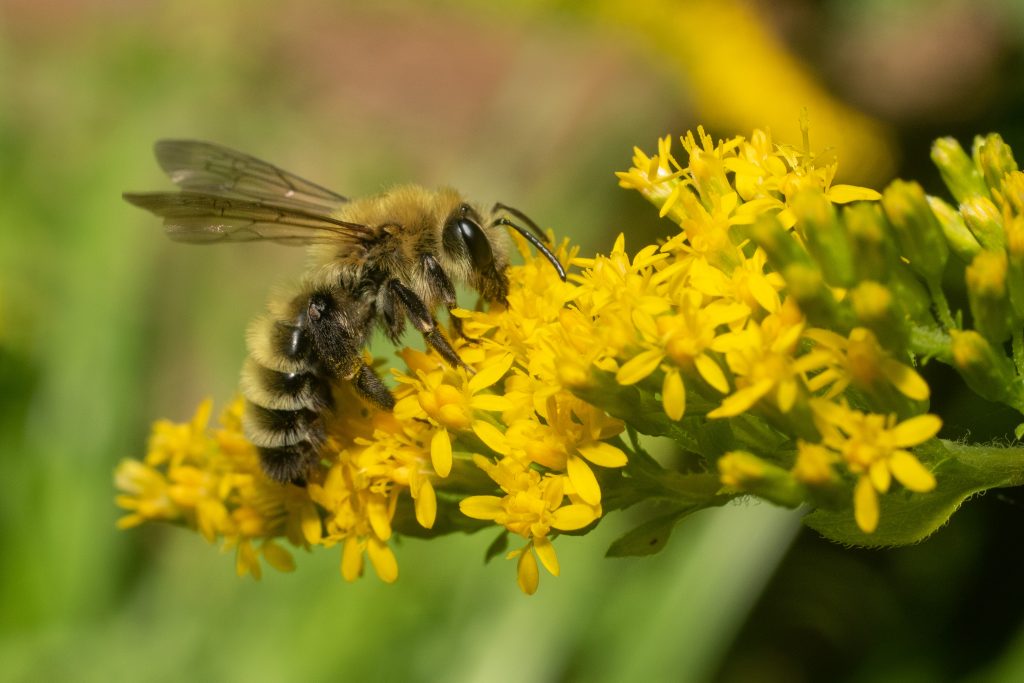Spring has finally arrived in the Northeast, and it’s time to start planting your pollinator garden! Perhaps you have already picked out the perfect spot in your yard and started making a list of which plants to purchase. Once you reach the garden center, you may be in awe of the different varieties to choose from. At the same time, you are faced with a familiar dilemma: are all these varieties equally good for pollinators?
What is a cultivar and why should I care?
Unless you are going out of your way to buy your plants from a specialty nursery, chances are you are purchasing a “cultivar,” or a plant that has been bred for desirable traits like the number of petals, flower shape, or flower scent. Plant breeding is not inherently a bad thing: it broadens the diversity of species that you can grow in your garden by improving resilience against pests, drought, or poor soils. As a result, cultivars have become the industry standard. They can be identified by the single quotation marks in the name (ex. Marigold Alumia ‘Flame’).
While cultivars are great for people, they are not always great for pollinators. Native plants and their pollinators share a long evolutionary history, and many flowers have evolved particular traits that signal honest advertisements of a high quality food resources. For instance, the smell and color of wild geranium tell a bee that that nectar and pollen awaits and the dark lines on the petals help them to quickly locate their meal.
In contrast, cultivars have been removed from evolutionary history with insects; humans have bred cultivars in labs and greenhouses to meet our aesthetic preferences. And sometimes, by selecting for traits that we deem impressive, we inadvertently produce plants that broadcast false advertising. Recent work, including my PhD research, has demonstrated how cultivars—even ones that look quite visually similar—can vary dramatically in the abundance and diversity of insects that they are able to support1–6, so it’s important to choose carefully.
5 tips for choosing better cultivars
But, how do you choose? Ideally, all ornamental cultivars would scored for pollinator attractiveness to help guide customers to select high-value plants for their flower gardens. A metric like this doesn’t yet exist, however, so we’ve distilled down some basic guidelines that you can use to identify the best plants for flower-visiting insects!
1. Avoid doubled flowers
Double-flowered varieties are those that have been selected for extra petals, such as in many roses, impatiens, chrysanthemums, and carnations. Often, this doubling comes at a cost: the reproductive florets (where pollen and nectar are produced) are converted to petals, meaning the flower no longer feeds pollinators! And, even if the plant is still capable of producing rewards, doubling often obstructs visitor access to those resources6. So, while doubled varieties are interesting to look at, they are best left on the shelves.
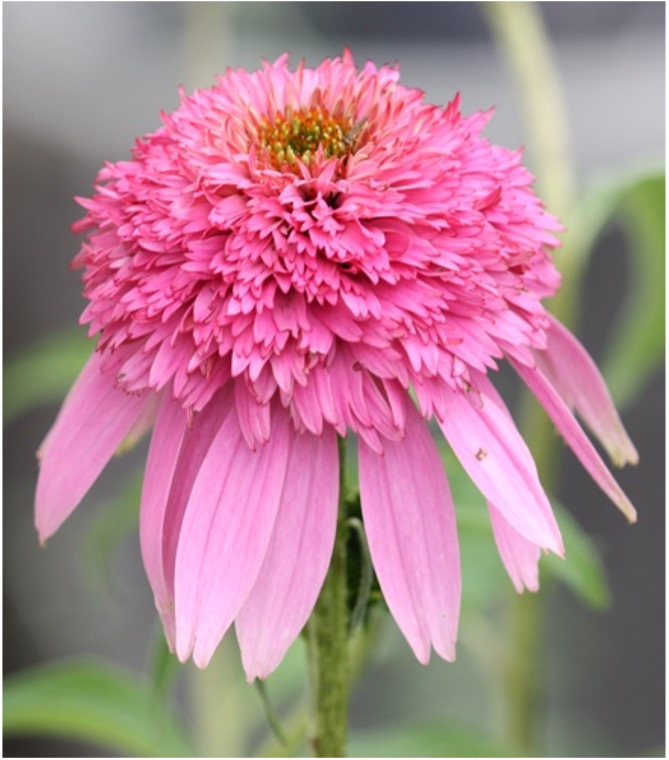
Avoid doubled cultivars like this Echinacea ‘Pink Double Delight’, PC: Wikimedia 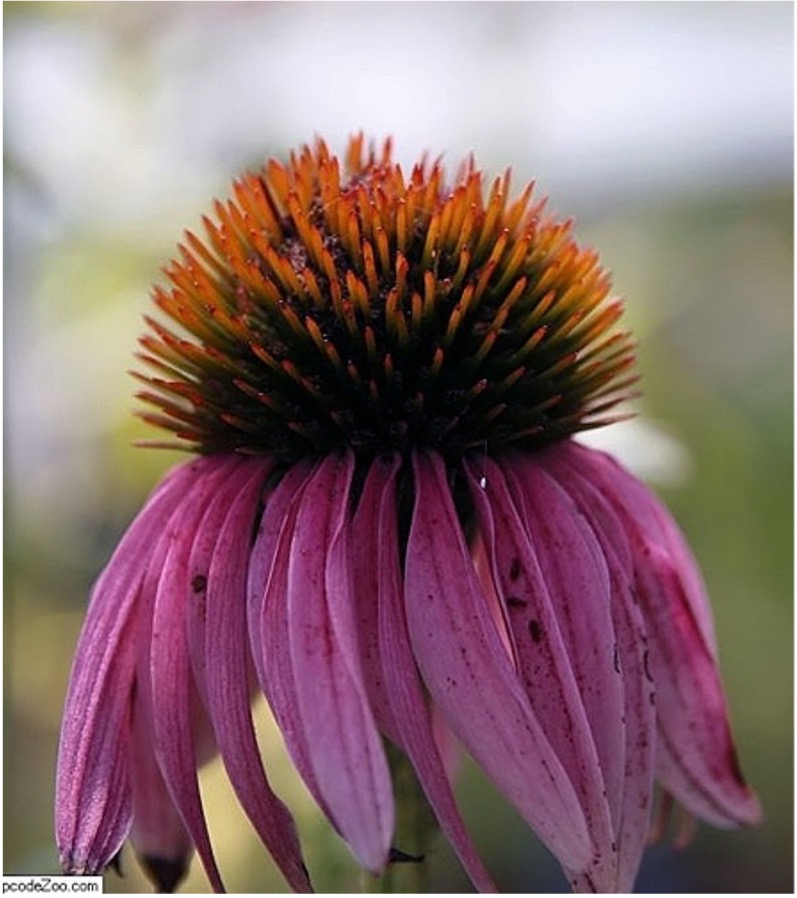
Select cultivars that resemble wild types like this single Echinacea variety, PC: Wikimedia
2. Choose perennials and ‘nativars’
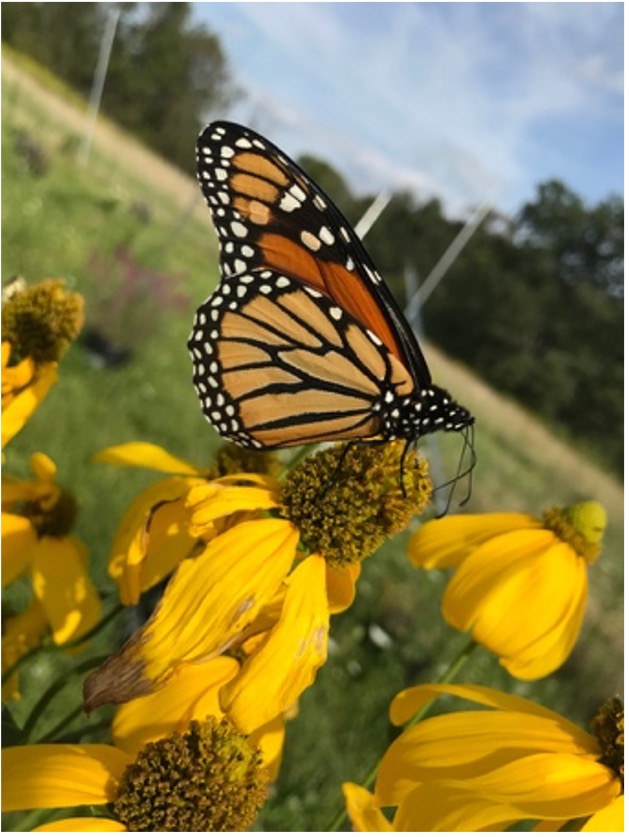
Monarch butterfly nectaring on Rudbeckia laciniata ‘Herbstonne’ PC: Emily Erickson
Recently, the commercial plant industry has shifted towards producing more cultivars of perennial plants, including many native species, or ‘Nativars’.7 These varieties are often rewarding to grow since they come back every year once established and they require less maintenance overall. My research found that many native and non-native perennial cultivars can be highly attractive to flower-visiting insects in the field. I even observed several rare and specialized species foraging on nativars! Some of the best pollinator-friendly nativars are also easy to find:
- Oenothera ‘Fireworks’
- Echinacea ‘Magnus’
- Rudbeckia ‘Herbstonne’
- Solidago ‘Fireworks’
- Agastache ‘Blue Fortune’
- Eupatorium ‘Gateway’
For tips on which native plants to source for your garden, check out TPI planting guides!
3. Choose cultivars that resemble wild types
A general guideline for selecting the best ornamentals is to go for cultivars that look most like the wild types. Of course, this is a subjective criterion, and there are many traits that we cannot readily perceive (such as scent or nutrition) that can influence plant attractiveness to pollinators. Still, in my research I found that pollinator attraction to the herbaceous perennial Catmint (Nepeta)—of which purple is the primary color found in the wild (Catmint is native to the Caucasus region)—was highest for purple compared to white cultivars. In other words, the less derived, the better!
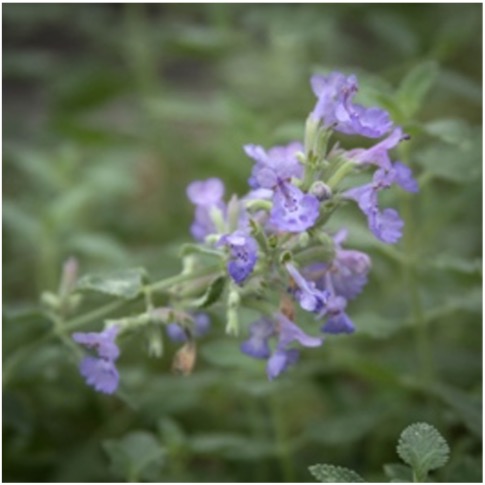
Catmint ‘Walker’s Low’ that resembled purple parents was attractive to pollinators. PC Nick Sloff 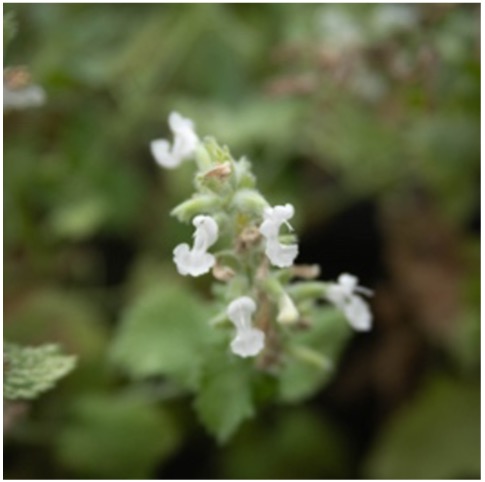
Catmint ‘Snowflake’ that did not resemble the wild type plant was far less attractive to pollinators. PC Nick Sloff
4. Check the label
A major concern with ornamental flowers is the use of pesticides, particularly systemic neonicotinoids, during production. These pesticides can end up in the pollen and nectar treated plants and can have lethal and sublethal effects on visiting pollinators. Before you purchase a plant from the nursery, check the label to see if it has been treated with neonicotinoids!8
5. See for yourself!
One of the best ways to find ornamental cultivars that are attractive to pollinators is to walk through the garden center and notice which plants seem to be either getting the most pollinator visits or are visited by many different species! This will open your eyes to all the different pollinators that call our yards home and the wide array of plants that they like to use.
References
1. Garbuzov, M. & Ratnieks, F. L. W. W. Quantifying variation among garden plants in attractiveness to bees and other flower-visiting insects. Funct. Ecol. 28, 364–374 (2014).
2. Erickson, E., Patch, H. M. & Grozinger, C. M. Herbaceous perennial ornamental plants can support complex pollinator communities. Sci. Rep. 11, 17352 (2021).
3. Erickson, E. et al. More than meets the eye? The role of annual ornamental flowers in supporting pollinators. Environ. Entomol. 49, 178–188 (2020).
4. Rollings, R. & Goulson, D. Quantifying the attractiveness of garden flowers for pollinators. J. Insect Conserv. 23, 803–817 (2019).
5. Marquardt, M. et al. Evaluation of the importance of ornamental plants for pollinators in urban and suburban areas in Stuttgart, Germany. Urban Ecosyst. 24, 811–825 (2021).
6. Corbet, S. A. et al. Native or exotic? Double or single? Evaluating plants for pollinator-friendly gardens. Ann. Bot. 87, 219–232 (2001).
7. Criley, R. A. Native fashion. Acta Hortic. 1167, 1–10 (2017).
8. Erickson, E. et al. Complex floral traits shape pollinator attraction to ornamental plants. In Review.
